The week will start mild and comfortable, but by the middle of the week, it will turn hot and humid.
High pressure is building into the region from the west today. This high will supply the region with a good deal of sunshine and comfortable temperature and humidity levels, while keeping low pressure along the east coast from backing into the area.
Monday and Tuesday should both have partly cloudy to mostly sunny skies as high pressure moves through. Temperatures will mostly be in the low to mid 70s today, while Tuesday will be a couple of degrees warmer. The humidity will be very low, with dew points sitting in the 40s.
Even though the overall brush fire risk is lower, thanks to the explosion of green vegetation over the last 2 weeks, the dry, warm air, along with wind gusts of 20 mph during the afternoon, will elevate the fire danger slightly.
Overnight lows both Monday night and Tuesday night will generally be near or slightly above 50 degrees.
Wednesday will be a day of change as a frontal boundary enters the region. This front will bring some showers to the area with temperatures again in the mid 70s. The humidity will greatly increase, however, with dew points reaching near 60 degrees.
This will set the stage for some summery weather later in the week, as humidity continues to increase and temperatures push well into the 80s. The combination of heat and humidity will not only be uncomfortable, but it will prime the atmosphere for thunderstorms during the afternoon and evening hours.
An unstable atmosphere is not enough for thunderstorm development on its own- there needs to be some mechanism to trigger the storm development. It looks like there will be a number of triggers later in the week.
For starters, Wednesday’s frontal boundary will still be lurking in the area and will serve to pop up some storms.
Secondly, a number of disturbances in the mid and upper levels of the atmosphere will be possible. The timing and intensity of these disturbances is uncertain and will likely have a big impact on the coverage and strength of the storms.
Lastly, the complex terrain of the region, from the hills and valleys to the presence of the Great Lakes, will also create areas of different temperatures, which can trigger storms.
The details on these thunderstorms will become more clear over the coming days. Above normal temperatures and the chances for storms will persist through the weekend, Memorial Day, and right into the beginning of June.

